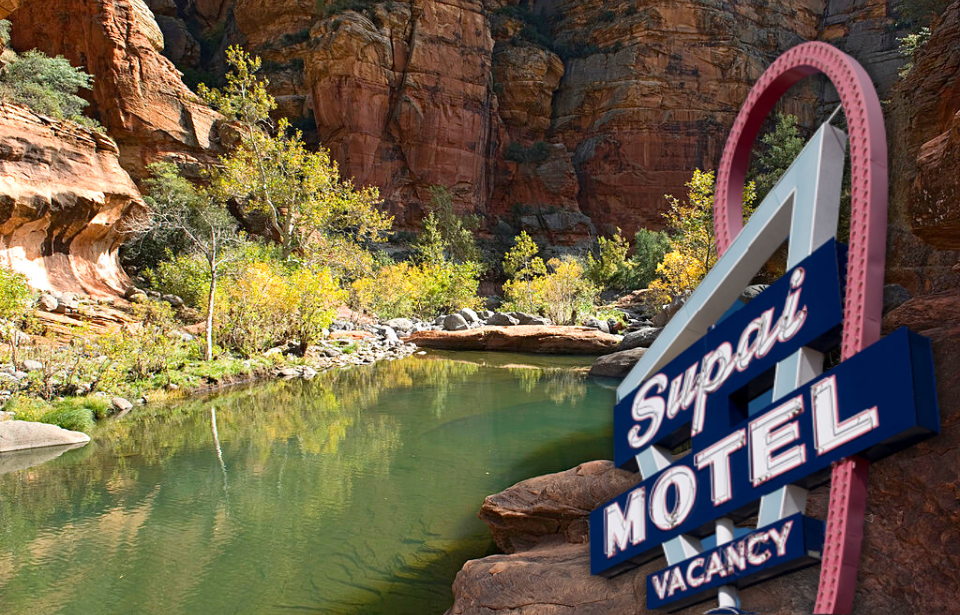Beneath the towering rock formations of the Grand Canyon, eight miles from the nearest road, lies the remote settlement of Supai, Arizona. Here, time seems to stand still in the village where mail is still carried by mules and stunning views of blue-green waterfalls echo back to the rich history of the area’s original occupants, the Havasupai. Take a look inside the most remote settlement in the contiguous US.
The making of America’s most remote village
Supai village lies in the valley of one of the many canyons that were formed millions of years ago as part of what is now called the Grand Canyon. The Grand Canyon region began its transformation almost two billion years ago when the large inner gorge was first formed. Over millions of years, the Colorado River has eroded the rock formations, creating the breathtaking cliffs and valleys that attract five million visitors each year.
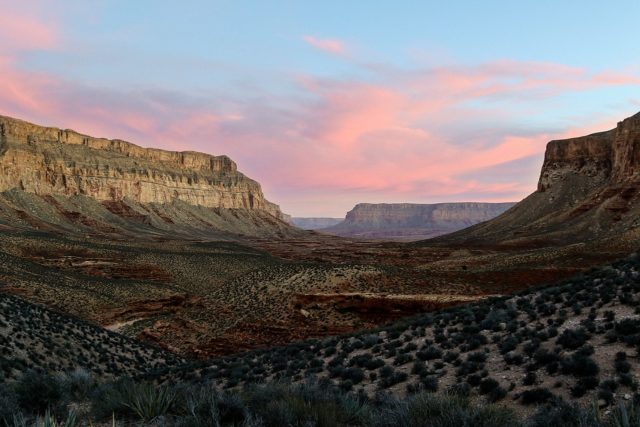
For over 1,000 years the Havasupai people – or the People of the Blue Green Waters – have called Supai, Arizona home. Named after the limestone aquifer that provides the village with beautiful blue-green waters, the Havasupai have used the water to create their own oasis in the harsh and unforgiving desert where temperatures reach as high as 116 degrees Fahrenheit.
The Havasupai tribe is the smallest Indian Nation in America, with a total membership of 600 people. But prior to the arrival of European settlers, the Havasupai occupied a vast portion of the desert, a settlement the same size as Delaware. Thanks to the abundant rivers and waterfalls, they perfected farming and irrigation which allowed them to farm corn, beans, and squash. In the winter months, the men hunted for game nearby.
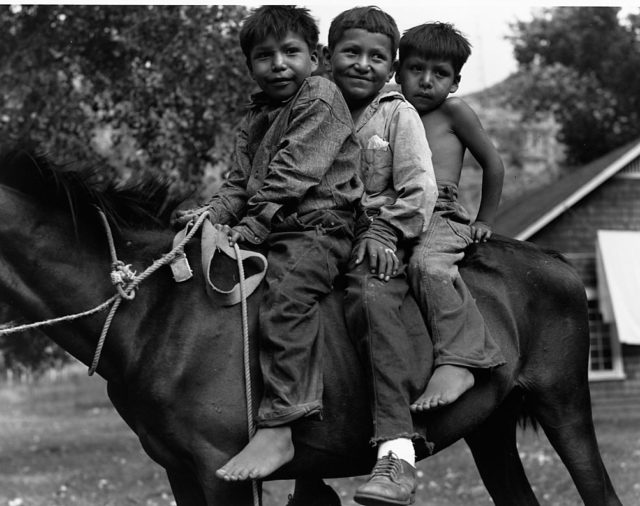
The struggle for Supai
By the 1870s, miners arrived in pursuit of silver deposits in the area. Along with the establishment of the Santa Fe Railroad and the Grand Canyon’s designation as a national park in 1919, the Havasupai tribe’s once prosperous community was about to lose its ancestral home.
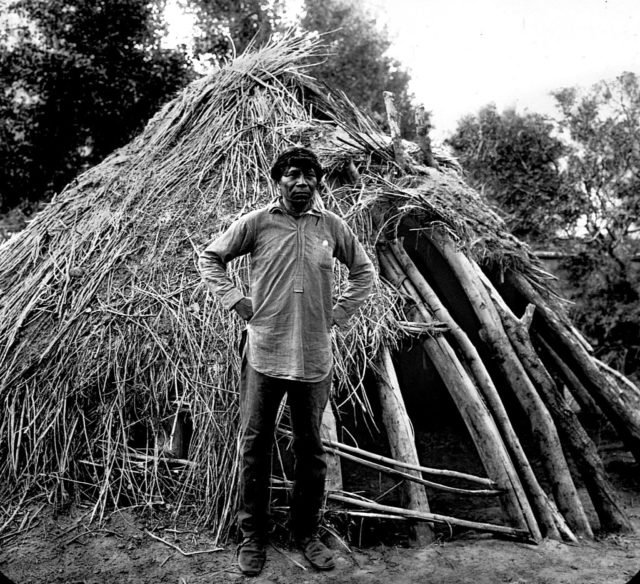
Rex Tilousi, a Havasupai elder in the Supai community, shared a moving story about his great-great-grandfather at a prayer gathering to protest toxic uranium mining taking place on Havasupai lands:
“When Roosevelt came to our village, he gathered elders to sign papers even though they couldn’t read them. Then he said, ‘I’m taking your lands. Don’t go up to the rim anymore. No hunting or gathering here, no prayers, no sweat lodges. I don’t want you in the park.’ In 1919, they removed the peoples living there. The last Havasupai chased out was my great-great-grandfather, Borough. He refused to leave the home he loved and gave him life… That same year he passed away and was buried at the top of Havasu Falls.”
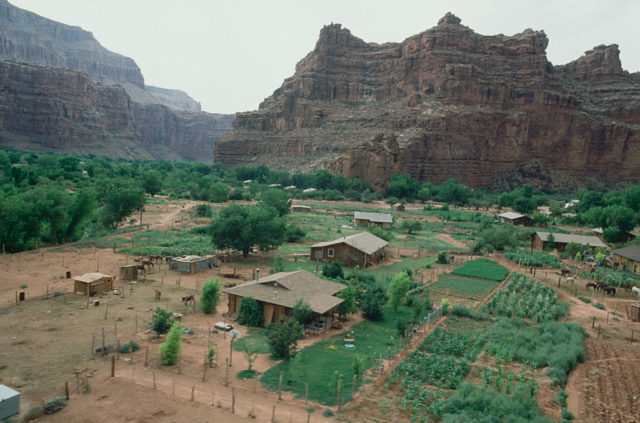
The Havasupai Reservation was established in 1882, stripping the community of all but 500 acres of their land. The rest of their lands were taken by the federal government for public use. In 1975, the Havasupai’s lands were restored after years of fighting the US government to restore their rightful property. It now spans over 180,000 acres of land consisting of desert and the western edge of the Grand Canyon’s South Rim.
A treacherous journey to Supai
Getting to Supai is no easy feat. The remote settlement can only be reached by foot, horseback, or helicopter. Because of this, basic services like mail are a challenging task. Supai is the only place in the US where the United States Postal Service transports all mail in and out of the canyon over an eight-mile trek using mules. You won’t even find a single automobile in Supai!
While tourists flock to Supai to experience life in a remote village, dangerous weather conditions like flash floods can easily overwhelm the small valley. In 2018, a flash flood forced the 200 residents of the Havasupai Reservation to evacuate via helicopter and ATVs – an emergency that could have turned deadly due to the limited exits out of the village.
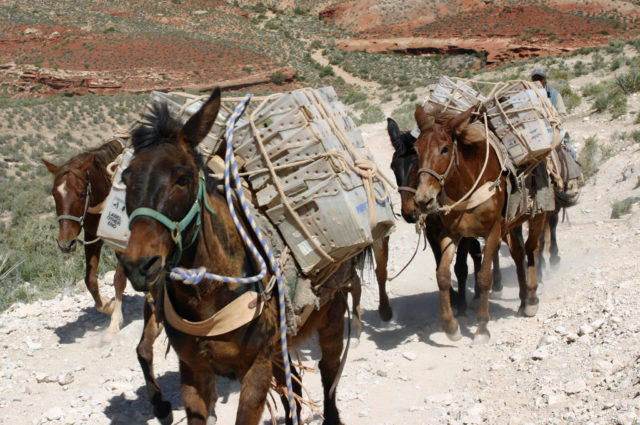
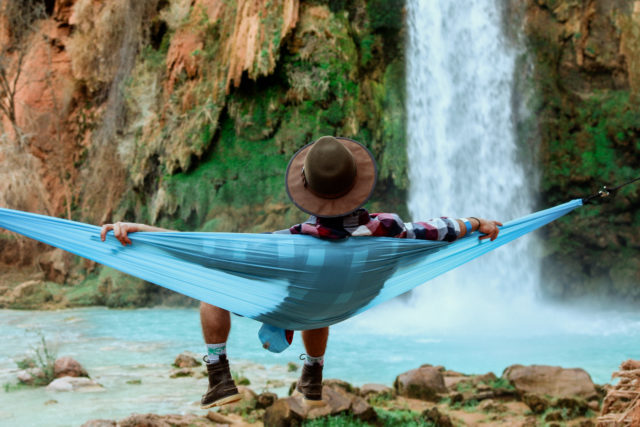
Supai’s tourist industry provides income for the majority of residents who accommodate thousands of hikers and campers each year. Looking to explore Supai for yourself? Visitors must stay in the village for at least one night at one of the campgrounds or lodges. The Havasupai Museum of Culture provides visitors with programs on the history, culture, and traditions of the Havasupai. The museum also hosts the annual Havasupai Peach Festival in late summer and the Grandmother Canyon Gathering in the fall.
More from us: Scientists Made an Incredible Discovery When a Cliff Collapsed in the Grand Canyon
Between the Supai and Havasupai Campgrounds, you will find three stunning waterfalls: Navajo, Rock, and Havasu Falls. The idyllic Mooney Falls is also just outside of town.
